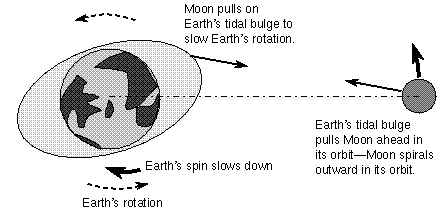There are sporadic bursts of handwringing about the declining number of students studying the humanities (literature, history, etc.). The latest burst was brought on by a report by the American Academy of Arts and Sciences. Verlyn Klinkenborg drew attention to it in a much-discussed Op-Ed in last Sunday’s New York Times.
Klinkenborg and others cite a bunch of reasons to worry about the state of the humanities, among them that “the number of students graduating in the humanities has fallen sharply.” Nate Silver, with characteristic astuteness, points out that the actual truth of this claim is a bit more complicated than you might think. It’s true that the fraction of all college students majoring in English (for example) has declined, but the fraction of all college-age people majoring in English has been much steadier:

Viewed as a fraction of the population, English majors are holding steady; the reason they’ve dropped as a fraction of all college graduates is that more people are going to college.
In fact, that pattern holds pretty consistently across a bunch of traditional academic disciplines (mathematics, natural science, and social sciences). The data seem to be telling a story like this: people who didn’t use to go to college at all are now going to college and majoring in things like criminal justice and business.
Needless to say, this doesn’t necessarily mean that everything’s fine. In particular, even if the fraction of people studying the humanities is about the same as it used to be, that doesn’t mean that the number is as large as it should be. But it does mean that it’s problematic to make an argument that there’s a problem based on the precipitous drop in the number of humanities students. Klinkenborg and others raise a number of other lines of argument besides the declining numbers of students. Those arguments are unaffected by Silver’s observation and are worth paying attention to.
For what it’s worth, I’m a pretty pro-humanities guy, at least for a scientist. I don’t know if the world needs more English majors, but I do think that it’s important for people, whatever their primary field of study, to spend at least some time seriously engaging with the humanities.
Silver says
I hesitate to generalize too much from my own college experience, at the University of Chicago, but it is a school that emphasizes a broad and general course of study among all its undergraduates. My strategy was to choose a major – economics – that I expected to offer strong career prospects, but then to take as few courses in that field as required, diversifying my curriculum instead.
That’s got a lot in common with how I’d describe my own undergraduate education. I studied physics, not so much because of “strong career prospects,” but because I thought (and still think) that physics is awesome. But having decided to major in it, I then took the bare minimum number of physics courses, leaving room in my schedule for diverse interests, very much including the humanities (particularly classics, French, and philosophy).
I teach at a liberal-arts college, which espouses similar values as an institution, but our students haven’t necessarily embraced those values with enthusiasm. Our students tend to choose their courses that check off obvious “boxes.” If a course doesn’t fill a specific requirement or pad their resume in an obvious way, they don’t want to take it.
One last observation. A big part of Klinkenborg’s concern is that students aren’t learning how to write:
[Students] can assemble strings of jargon and generate clots of ventriloquistic syntax. They can meta-metastasize any thematic or ideological notion they happen upon. And they get good grades for doing just that. But as for writing clearly, simply, with attention and openness to their own thoughts and emotions and the world around them — no.
I agree with this diagnosis, but it seems to me that a big part of the cure is to improve the teaching of writing across all disciplines, not just in the humanities. In particular, we scientists could do a much better job of that than we traditionally have. There’s no particular reason that the job of teaching students to write should be foisted on the English department. All of us should share it. That’s one thing I like about my university’s first-year seminar program: it spreads the responsibility for giving students their first college-level writing-intensive course across many disciplines.







